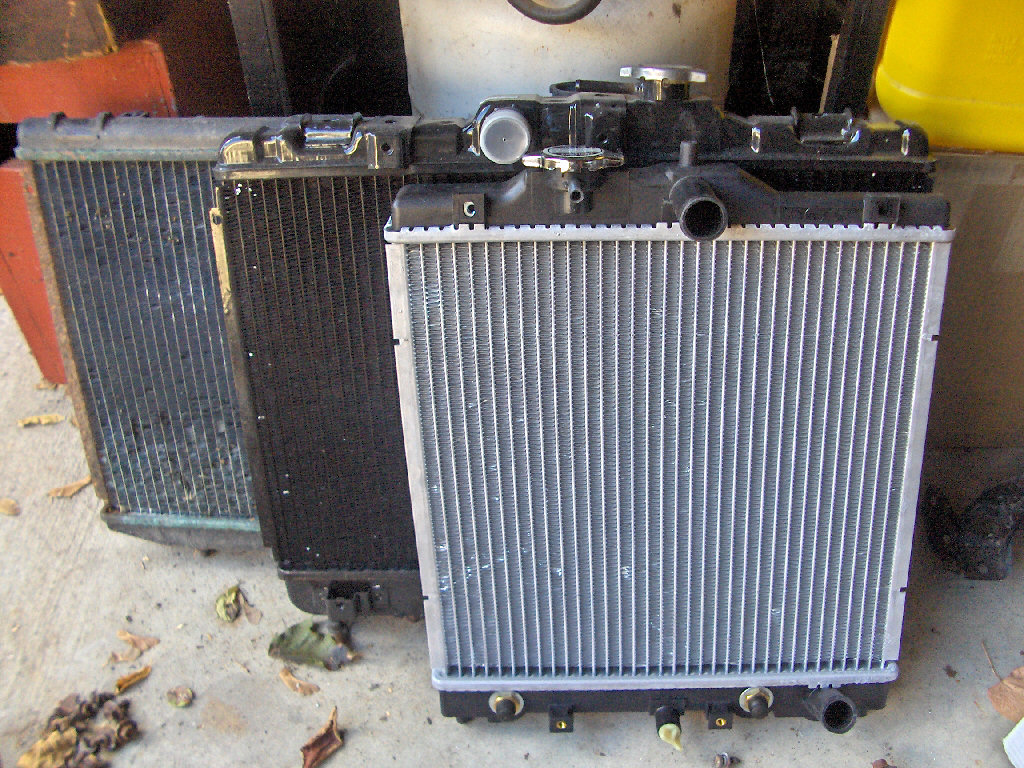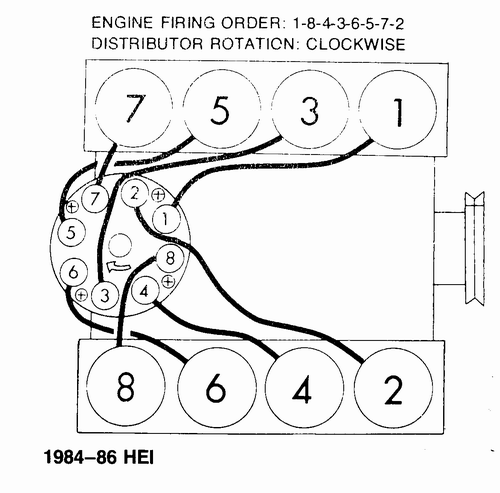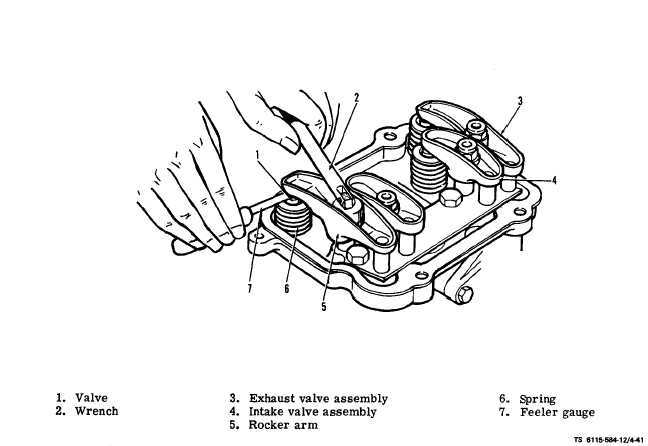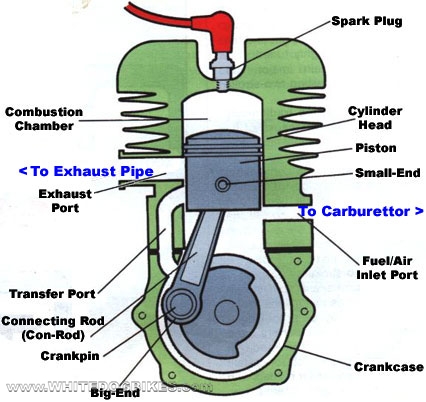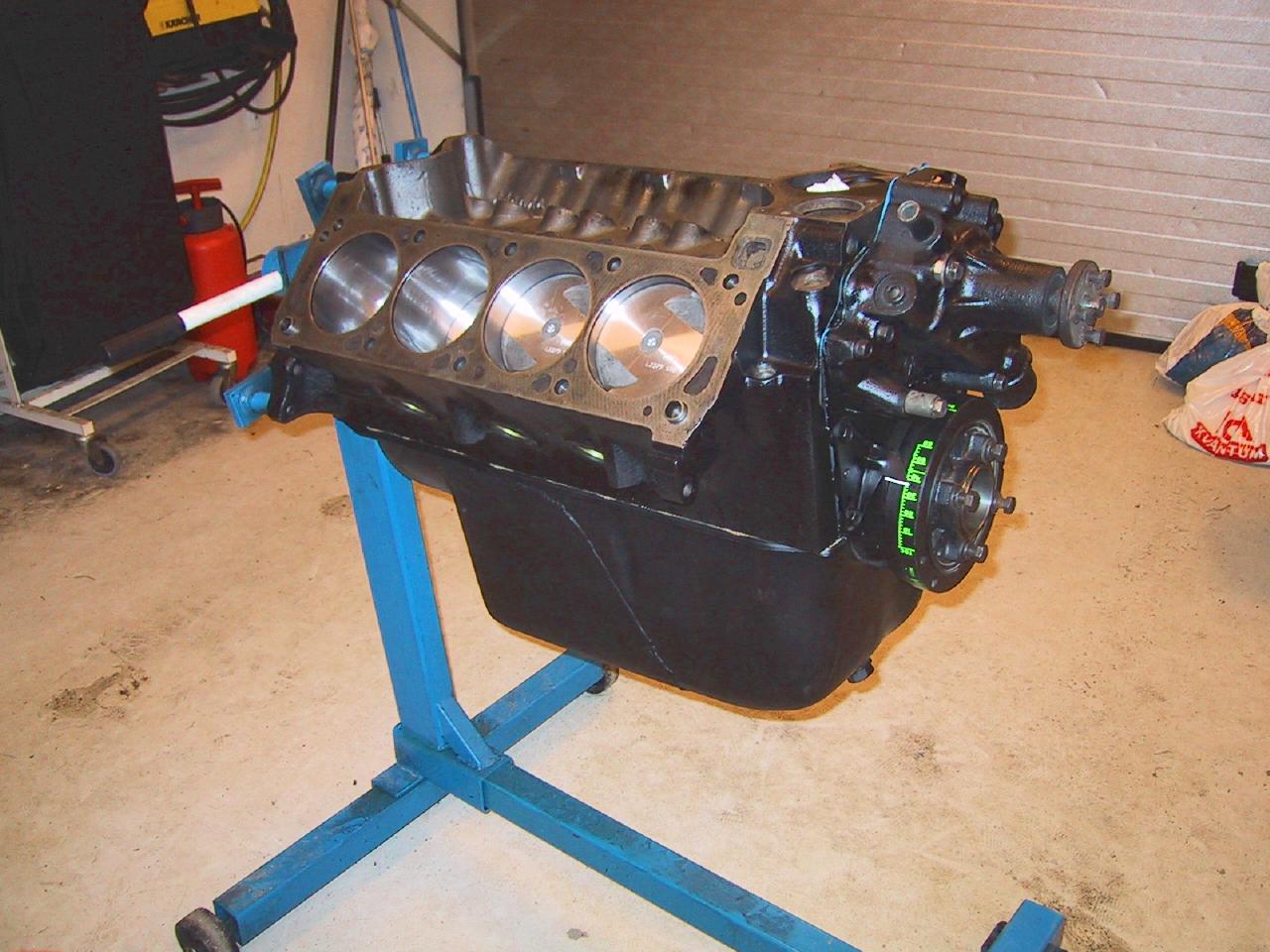How does a four stroke engine work? Name the cycles I want to now what the piston is doing and the valves on each stroke :
-A four stroke engine has four cycles, thus the name four stroke (stroke being the cycle).
-First comes Intake Stroke, the piston pulls down in the cylinder distorting the air inside it creating a vacuum (inlet valve open while the exhaust is closed) sucking in an air/fuel mixture.
-Next comes the compression stroke where the piston moves up the cylinder to TDC (top dead centre) compressing the air/fuel mixture into the combustion chamber ready for combustion. (Both valves closed)
-Afterwards comes the Power Stroke, the compressed air/fuel is then ignited via spark plug creating a high pressure explosion within the small space that is the combustion chamber "Power"fully pushing the piston downwards. (valves are closed)
-Last Stroke is the Exhaust Stroke, the piston comes back up after the Power stroke pushing the waste gas out of the engine via the exhaust valve. (inlet closed, exhaust open).

Who and what year was the four stroke engine invented:
-Nicolaus August Otto invented the Four Stroke engine in 1876.

What is the purpose of the crankshaft,camshaft,valves collects(keepers),valve sterm seals,head gasket,pistons,piston rings name them all, cambelt,flywheel?
-Crankshaft is has the pistons connected to it and keep them moving in a motion.

-Camshaft is like the brains of the engine as it controls the timing of when the inlet and exhaust valves open and close.

-Valves are the seals and gateways in a combustion chamber, inlet opens letting in a air/fuel mixture to be combusted when ready and the exhaust opens when its time to rid of the combustion bi-product, or exhaust gases.
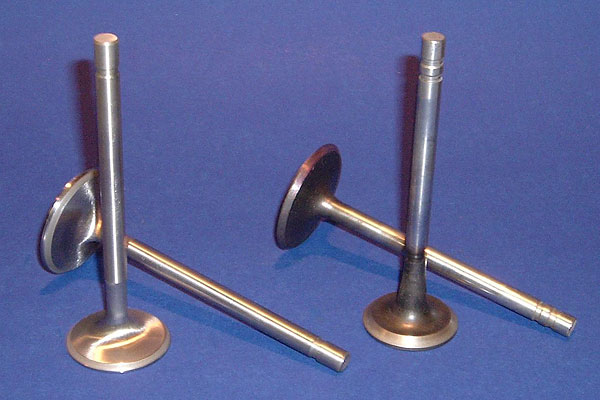
-Valve seals stop oil from getting into the combustion chamber or anywhere near that general area but still lets oil circulate the valve guides and valves.

-Head gasket is used to tightly seal the very fine opening between the cylinder head and the block preventing compression from escaping.

-pistons are used to compress, suck , push, power and run the engine, compress by compressing the air/fuel mixture when in the cylinder, suck by creating a vacuum to intake, push to rid the exhaust gases, power by pushing downward help turn the crank and keep the rest of the engine running etc.

-piston rings are used to tightly seal the very very fine space around the piston when in the cylinder ensuring no compression escaping around it.

-Cambelt to run the camshaft/s off the crank and keep them in perfect timing.

-Flywheel to keep the turning momentum up on the engine when turning and something the starter motor can engage to tun the engine in the first place.

What is the bore and stroke.
The bore is the diameter of the engine block's cylinder, the stroke is the pathway the piston takes (eventhough its just a straight line) the lenth or distance it moves AKA the stroke. Stroke is from TDC (top dead centre) to BDC (Bottem dead centre) TDC being the top of the piston stopping just at the lip of the combustion chamber and BDC Stopping near the bottem on the cylinder.

What i am looking for is a good explaination about each component, use you-tube for videos...
http://www.youtube.com/watch?v=60QX5RY_ohQ&feature=related
